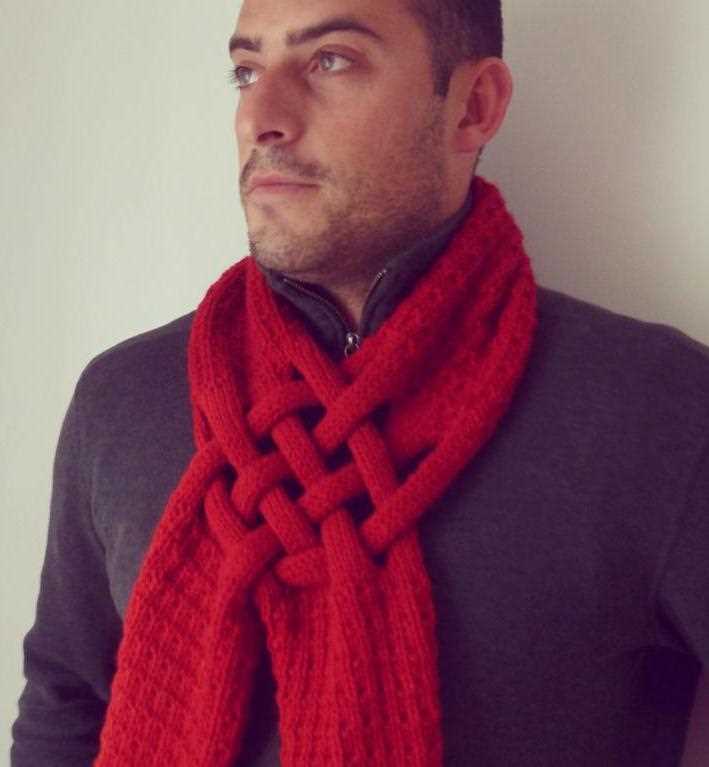
Knitting is a traditional craft that has been passed down through generations, and one of the most popular items to knit is a scarf. Scarves not only keep you warm during the cold winter months, but they also serve as a stylish accessory to complete any outfit. For men, finding the perfect scarf can be a challenge, as many store-bought options are either too bulky or lack the desired style. That is why many men are turning to knitting and creating their own scarves.
Creating a men’s knit scarf allows you to customize the pattern, color, and length according to your preferences. Whether you prefer a simple and classic design or something more intricate, knitting skills can be easily acquired with a little practice and patience. Plus, knitting your own scarf gives you a sense of accomplishment and pride every time you wear it.
When it comes to choosing a mens knit scarf pattern, there are countless options available. From basic garter stitch scarves to more complex cable or lace patterns, there is something for everyone. You can choose a pattern that matches your skill level, whether you are a beginner or an experienced knitter.
Mens Knit Scarf Pattern
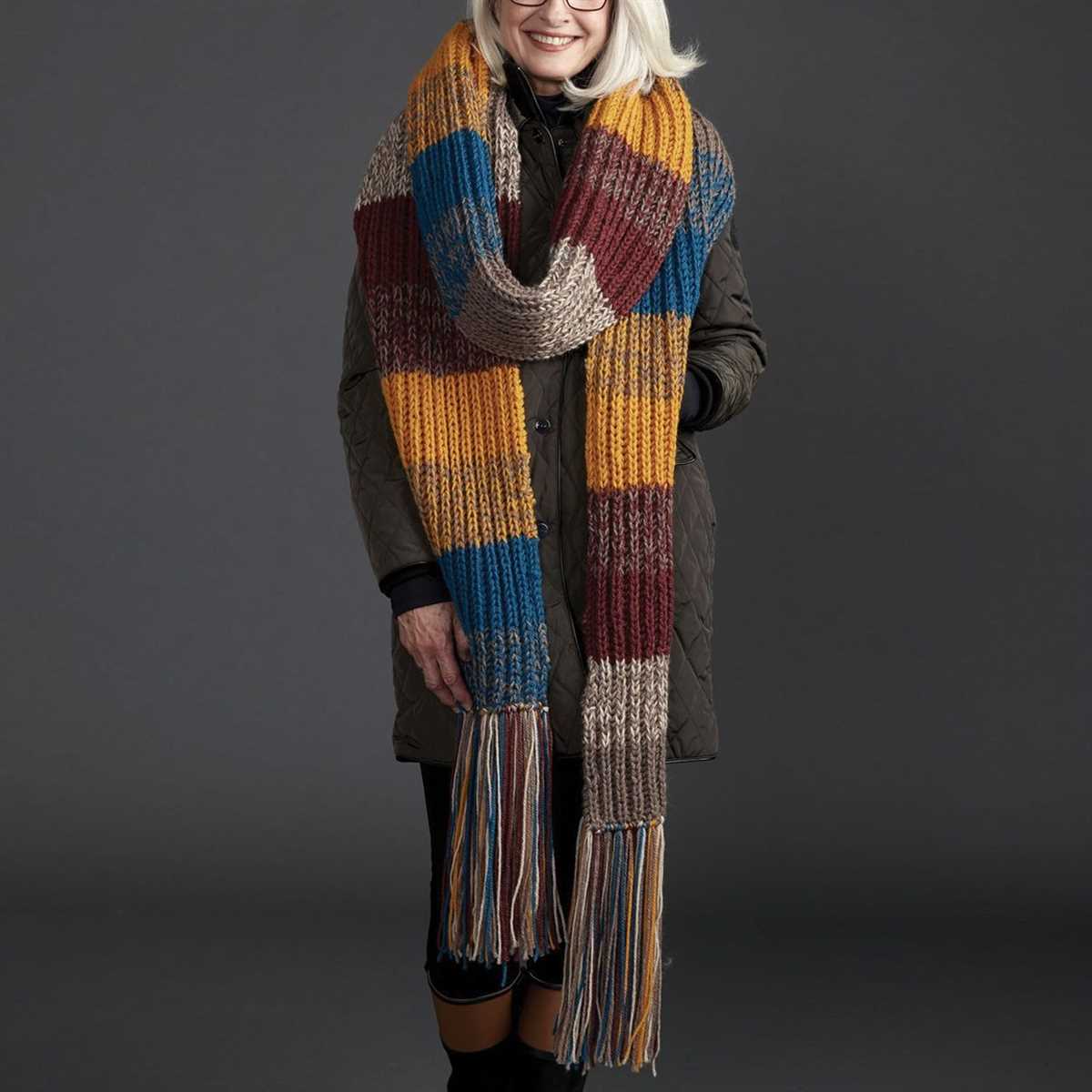
Winter is the perfect time to pull out your knitting needles and create cozy accessories. If you’re in need of a new scarf, why not try knitting one yourself? With a mens knit scarf pattern, you can create a stylish and warm accessory that’s perfect for any man.
When it comes to choosing a men’s knit scarf pattern, there are plenty of options to suit different styles and skill levels. Whether you’re a beginner or an experienced knitter, you can find a pattern that’s right for you. From basic garter stitch patterns to more intricate cable designs, there’s something for everyone.
Simple Garter Stitch Scarf
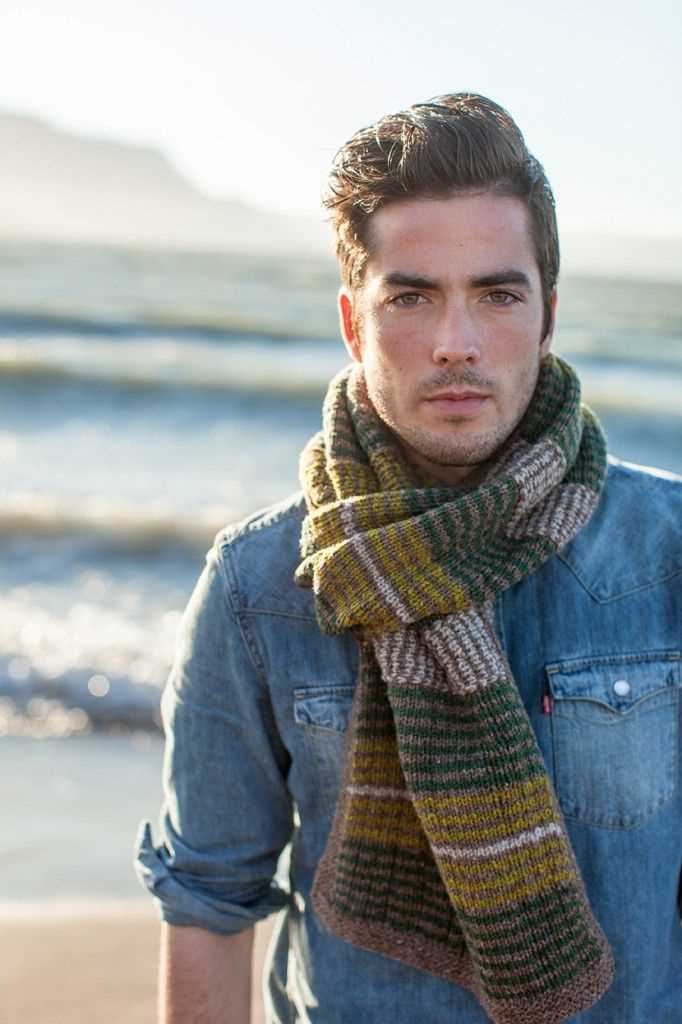
For beginners, a simple garter stitch scarf is a great place to start. This pattern involves knitting every row, so it’s perfect for practicing the basic knitting stitch. You can choose any color or texture of yarn to make it your own.
Cable Knit Scarf
If you’re looking for a more advanced pattern, a cable knit scarf is a great option. This pattern involves creating intricate cable designs that add extra texture and visual interest to the scarf. While it may take a bit more practice and patience, the end result is well worth it.
- Materials needed for a mens knit scarf pattern:
- – Worsted weight yarn
- – Knitting needles (size 8)
- – Cable needle (for cable knit patterns)
Once you have all the materials and chosen your pattern, it’s time to get knitting. Follow the instructions carefully and take your time to ensure your stitches are even and neat. With some patience and practice, you’ll soon have a beautiful knit scarf to keep you warm all winter long.
Benefits of Knitting a Scarf
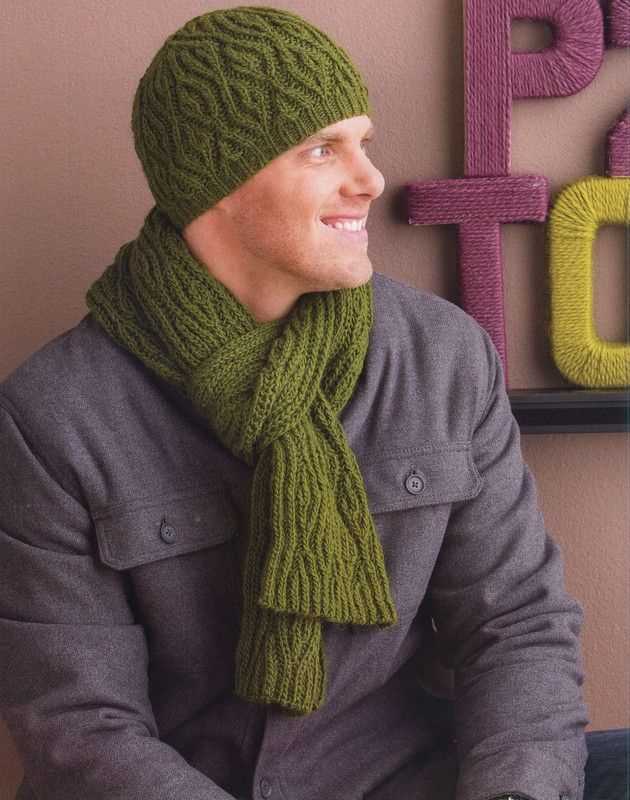
Knitting a scarf is not only a practical way to keep warm during the cold winter months, but it also offers a range of benefits that go beyond simple functionality. Here are some of the advantages of knitting your own scarf:
1. Creative Outlet
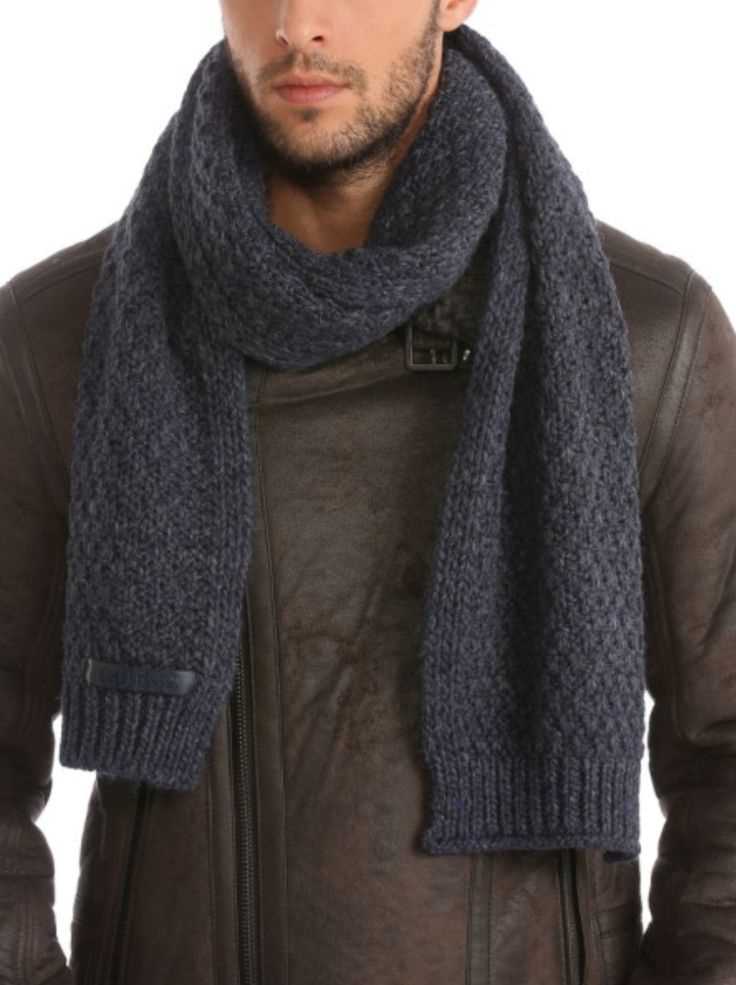
Knitting allows you to express your creativity and personalize your scarf with unique designs, patterns, and colors. You can experiment with different stitches, textures, and yarns to create a scarf that reflects your personal style and taste.
2. Stress Relief
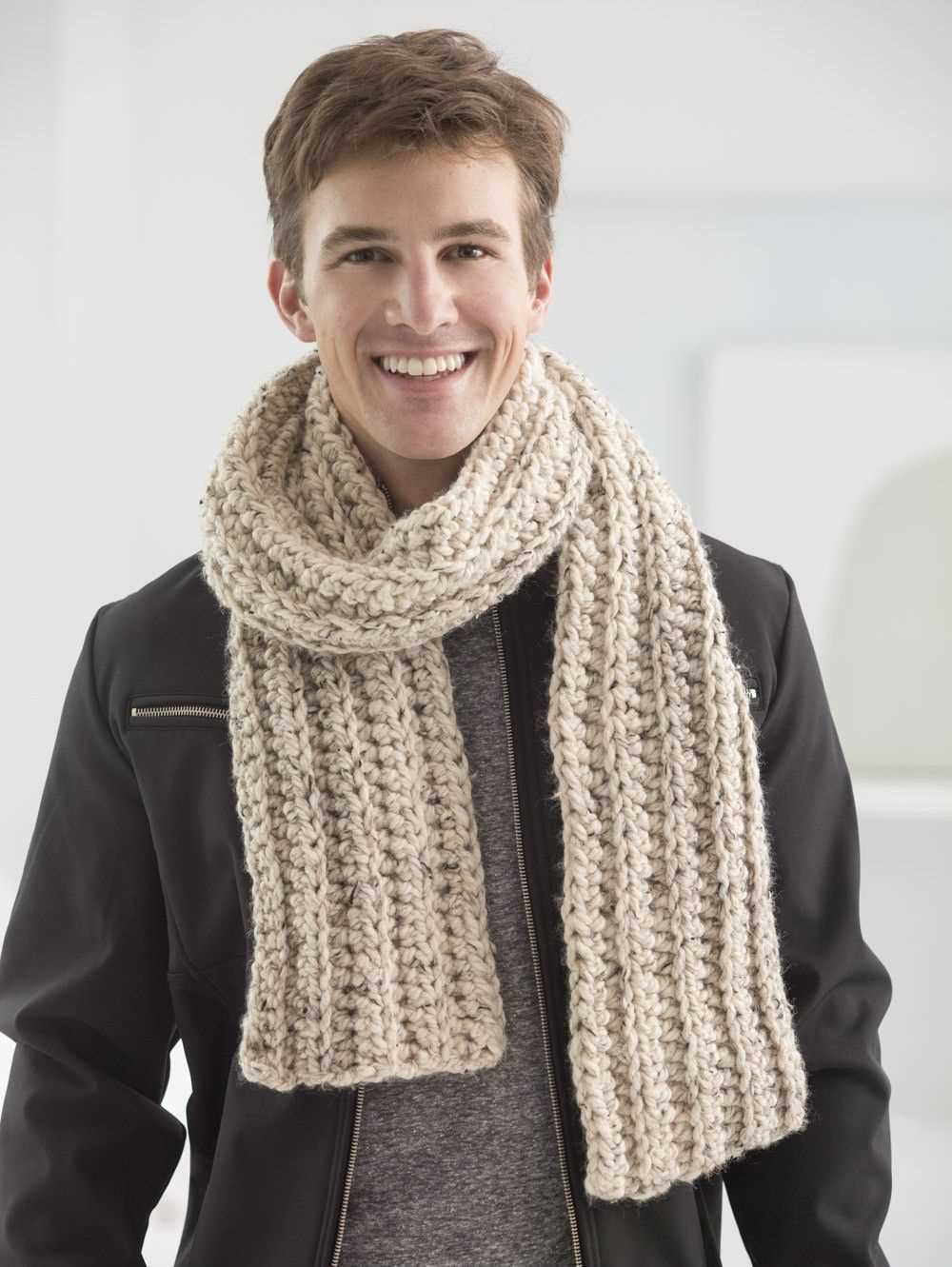
Knitting has been shown to have a calming effect on the mind and body. The repetitive motion of knitting can help reduce stress and anxiety, promoting a sense of relaxation and well-being. It can also serve as a form of meditation, allowing you to focus on the present moment and let go of any worries or distractions.
3. Mindfulness and Mindfulness and Mindfulness and Mindfulness and Mindfulness and Mindfulness and Mindfulness and Mind
Knitting requires concentration and attention to detail, which can help improve your concentration and focus. It can be a mindful activity that allows you to fully engage with the present moment and cultivate a sense of mindfulness. Knitting also provides a sense of accomplishment and satisfaction as you see your scarf taking shape and progress with each stitch.
4. Gift-Giving
Knitting a scarf can be a thoughtful and heartfelt gift for your loved ones. You can customize the scarf to suit their style and preferences, making it a truly personal and meaningful gift. Handmade gifts also show that you have put time, effort, and love into creating something special, which can be deeply appreciated by the recipient.
5. Social Connection
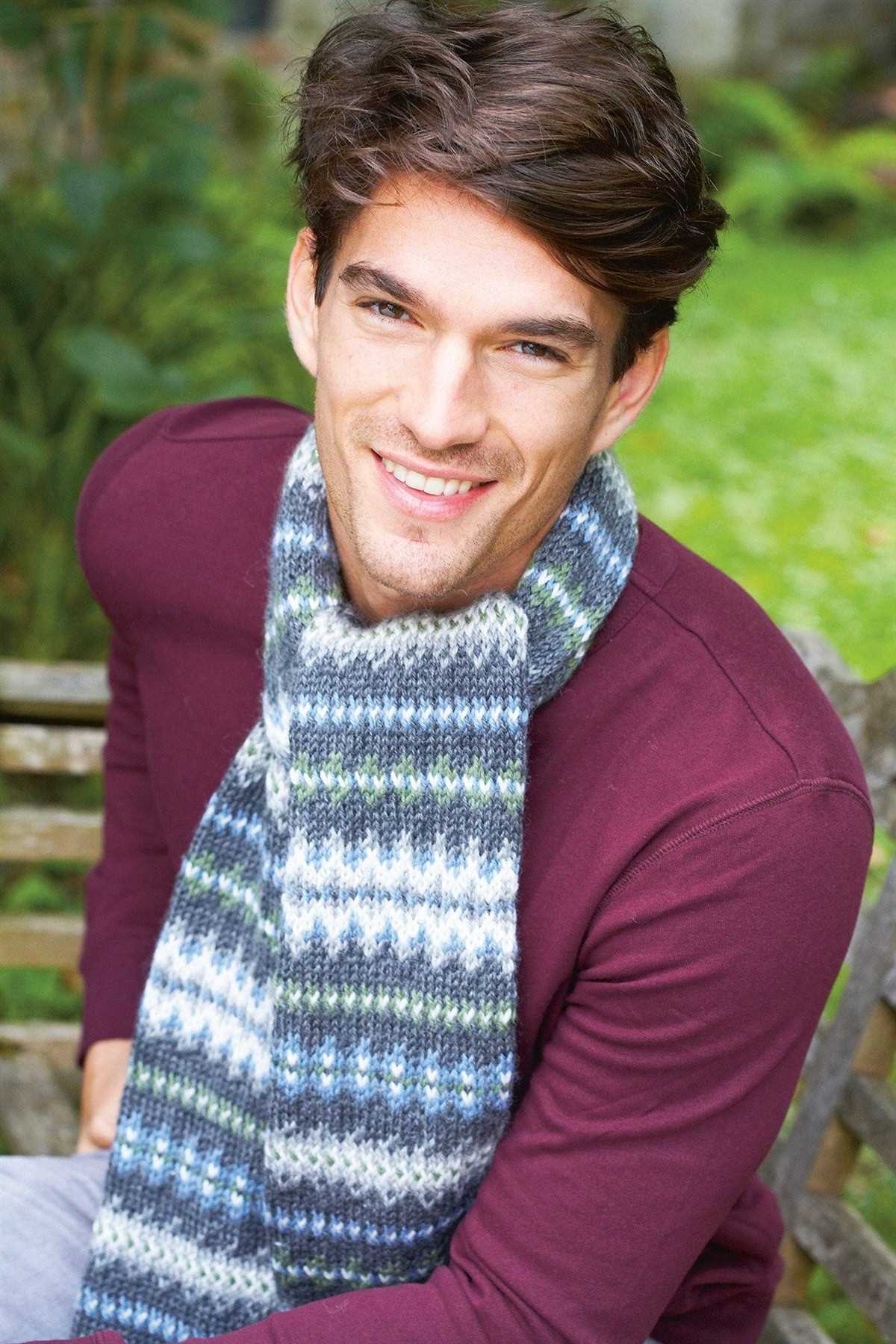
Knitting can also be a social activity that brings people together. Joining a knitting club or attending knitting workshops can provide an opportunity to meet like-minded individuals who share your passion for knitting. It can be a great way to make new friends, learn from others, and share your knitting projects and experiences.
In conclusion, knitting a scarf offers a range of benefits, from creative expression and stress relief to mindfulness and social connection. So why not pick up your knitting needles and enjoy the countless advantages of knitting your own scarf?
Choosing the Right Yarn for a Men’s Scarf
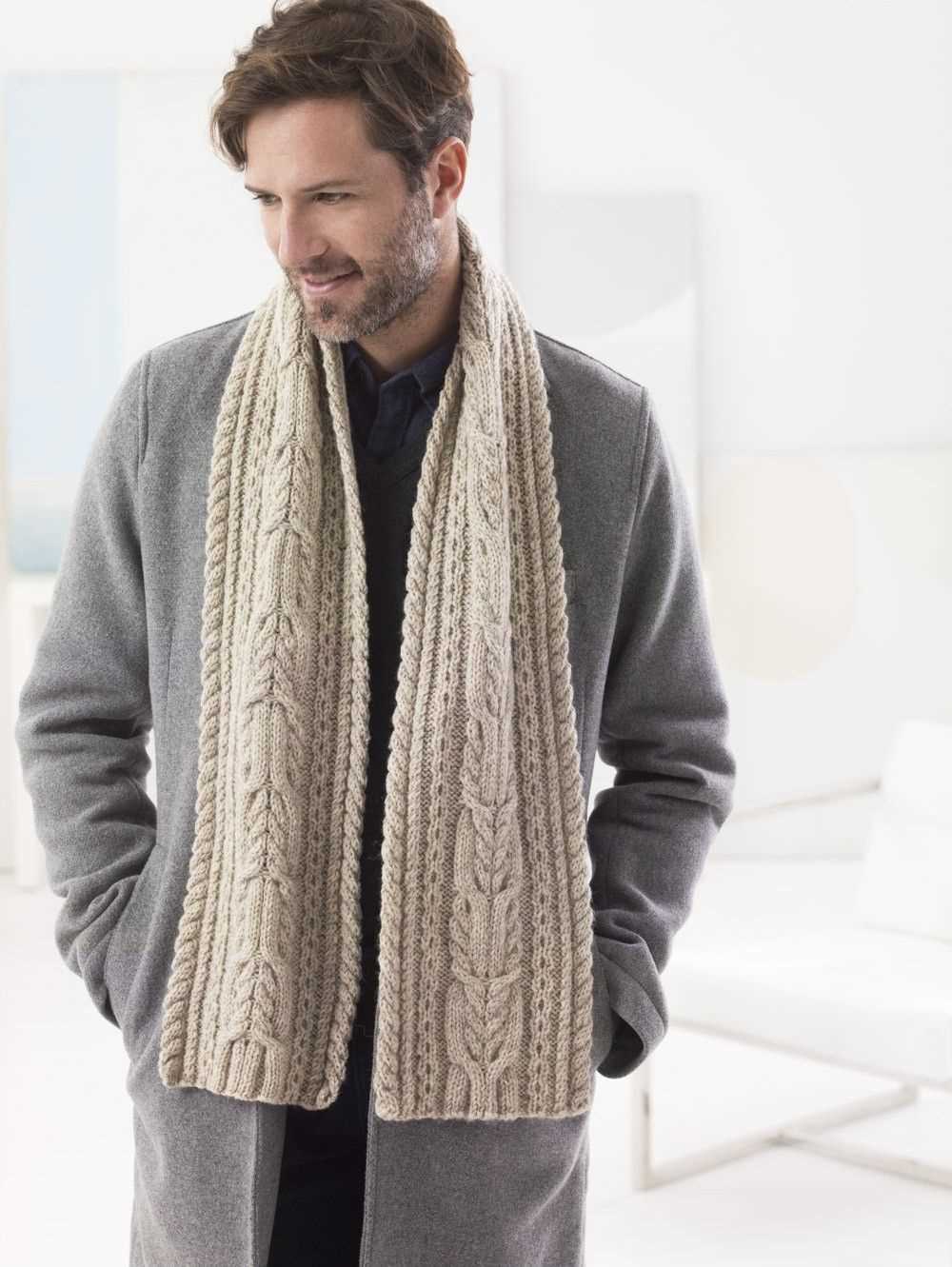
The choice of yarn is an important factor when knitting a men’s scarf. The right yarn can enhance the overall look and feel of the scarf, making it not only stylish but also comfortable to wear. When selecting yarn for a men’s scarf, there are several factors to consider, including the fiber content, weight, and texture.
Fiber Content: The fiber content of the yarn plays a crucial role in determining the warmth and durability of the scarf. Natural fibers such as wool and alpaca are excellent choices as they provide insulation and retain heat. These fibers are also known for their breathability, making them suitable for various weather conditions. For a more luxurious feel, blends with silk or cashmere can be considered.
Weight: The weight of the yarn is another important consideration. If you are knitting a scarf for colder climates, a bulky or chunky weight yarn would be ideal as it will provide extra warmth. For milder temperatures, a medium or worsted weight yarn can be used. It is essential to keep in mind that the weight of the yarn will also affect the drape and thickness of the scarf.
Texture: The texture of the yarn can add visual interest to the scarf. Smooth and even yarns will show off stitch patterns and cables more prominently, while textured or novelty yarns can create unique and eye-catching designs. When knitting a men’s scarf, it is often recommended to choose a yarn with a subtle texture that will complement the overall style without overwhelming it.
In summary, choosing the right yarn for a men’s scarf involves considering the fiber content, weight, and texture. By carefully selecting the yarn, you can ensure that the finished scarf not only looks great but also provides the desired level of warmth and comfort.
Essential Knitting Tools for a Men’s Scarf
When knitting a men’s scarf, it is important to have the right tools to ensure a successful and enjoyable knitting experience. Here are some essential knitting tools that every knitter should have:
1. Knitting Needles:
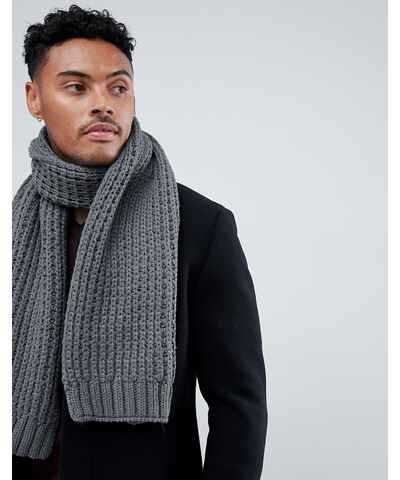
The most basic tool for knitting is a pair of knitting needles. For a men’s scarf, you will typically need a set of straight or circular needles in the appropriate size for your yarn. It is important to consider the weight and thickness of your yarn when choosing the needle size.
2. Yarn:
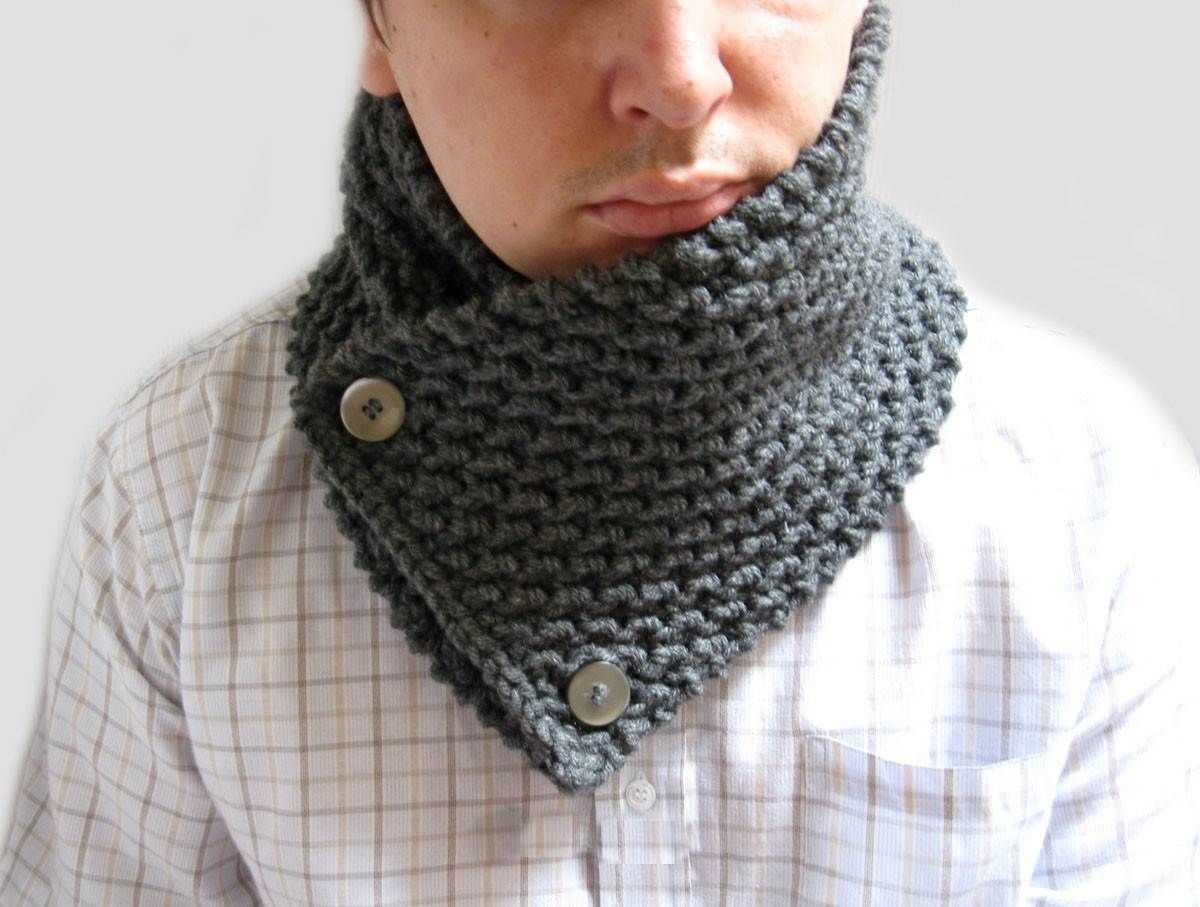
Choosing the right yarn is crucial for creating a men’s scarf that is warm, comfortable, and stylish. Look for yarn that is made from natural fibers like wool or alpaca, as they provide excellent insulation. Additionally, consider the color, texture, and pattern of the yarn to achieve the desired aesthetic for your scarf.
3. Stitch Markers:
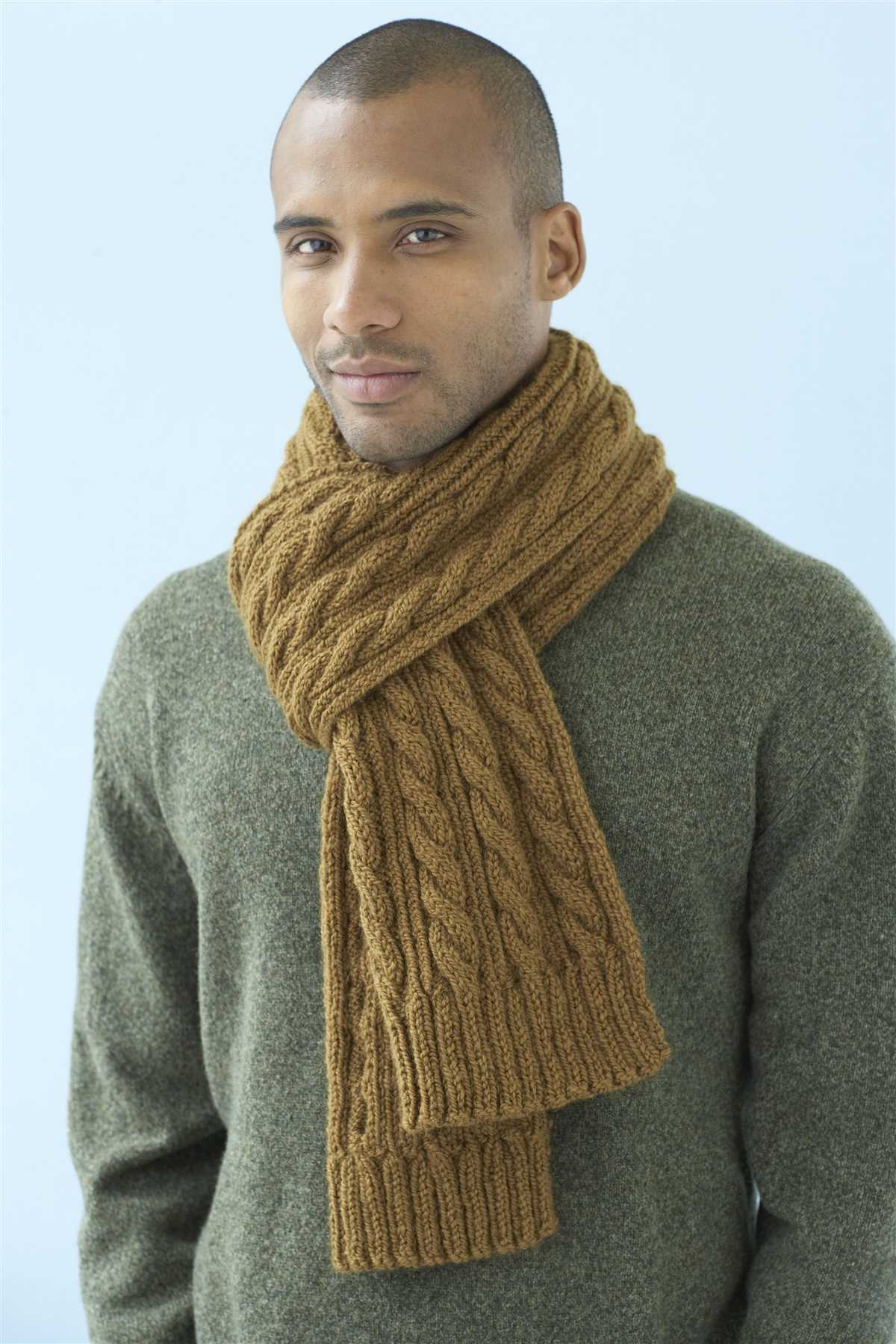
Stitch markers are small rings or clips that are placed on the knitting needles to mark specific stitches or sections of the pattern. They are especially useful when working on complex stitch patterns or colorwork. By using stitch markers, you can easily keep track of your progress and minimize mistakes.
4. Tape Measure:
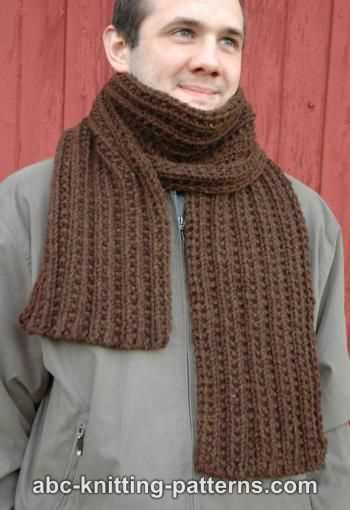
A tape measure is an essential tool for accurately measuring the length and width of your scarf. It is important to measure your knitting periodically to ensure that it matches the desired dimensions. A tape measure can also be useful for checking your gauge and determining the amount of yarn needed for your project.
5. Yarn Needle:
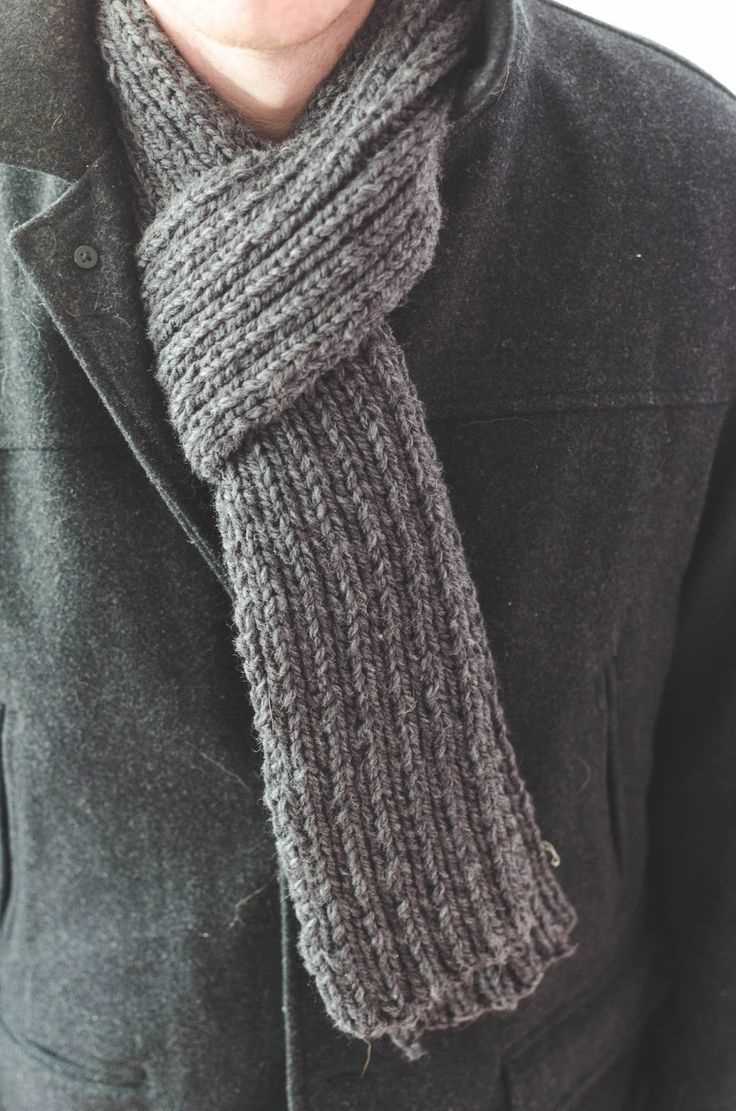
A yarn needle, also known as a tapestry needle, is used to weave in loose ends and sew pieces of knitting together. When knitting a men’s scarf, you may need to join multiple sections together or add finishing touches. A yarn needle with a large eye and dull tip is recommended for easy threading and safe sewing.
These are just a few of the essential knitting tools for creating a men’s scarf. By having the right tools on hand, you can ensure that your knitting project is smooth and successful, resulting in a warm and stylish scarf for the colder months.
Getting Started with the Basic Knitting Stitches
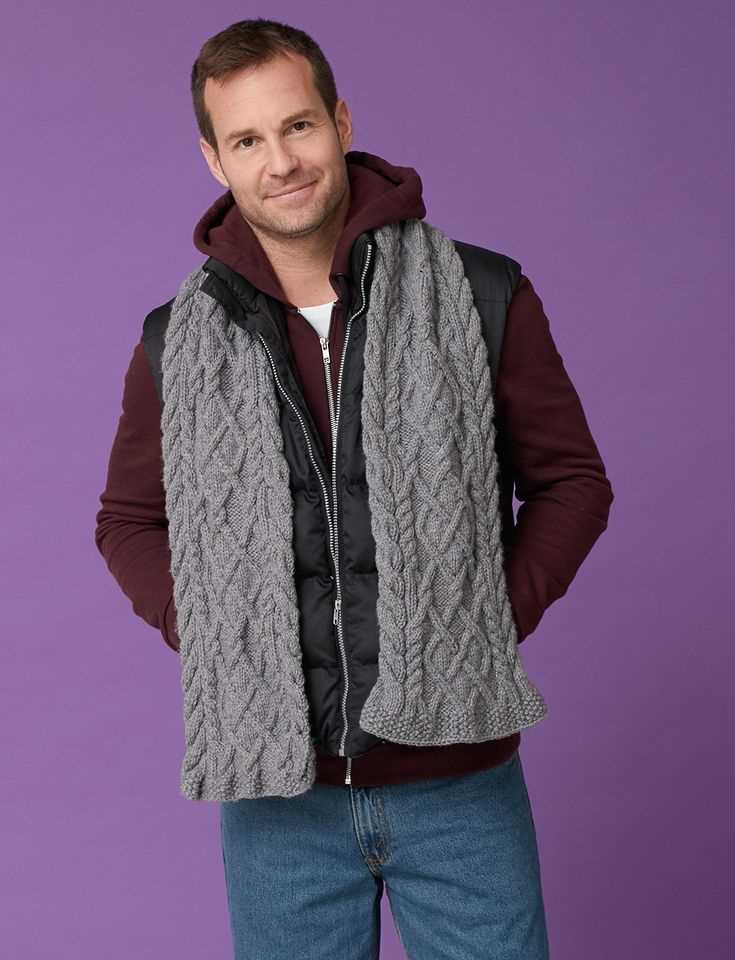
If you’re new to knitting, it’s essential to familiarize yourself with the basic knitting stitches before diving into more complex patterns. These foundational stitches serve as building blocks for the various knitting techniques you’ll encounter in your projects. By mastering the basics, you’ll have the skills and confidence to tackle any knitting pattern.
One of the most common knitting stitches is the knit stitch. To create a knit stitch, insert the right needle into the front of the first stitch on the left needle. Then, wrap the yarn from back to front around the right needle, pulling it through the loop on the left needle and sliding the new stitch onto the right needle. Repeat this process for each stitch until you’ve completed a row. The resulting fabric will have a smooth, v-shaped texture.
The purl stitch is another fundamental knitting stitch. To purl, insert the right needle from back to front into the first stitch on the left needle. Then, wrap the yarn from front to back around the right needle and pull it through the loop on the left needle, sliding the new stitch onto the right needle. Repeat this process for each stitch in the row. The purl stitch creates a bumpy texture on the fabric, which can be used for ribbing or creating different patterns.
With these two primary stitches, you can create a variety of patterns and textures by combining them in different ways. For example, the classic stockinette stitch is made by alternating rows of knit and purl stitches. Garter stitch is created by knitting every row. By practicing these basic knitting stitches and experimenting with different combinations, you’ll become more confident in your knitting abilities and be ready to take on more advanced projects.
How to Cast On Stitches for a Men’s Scarf
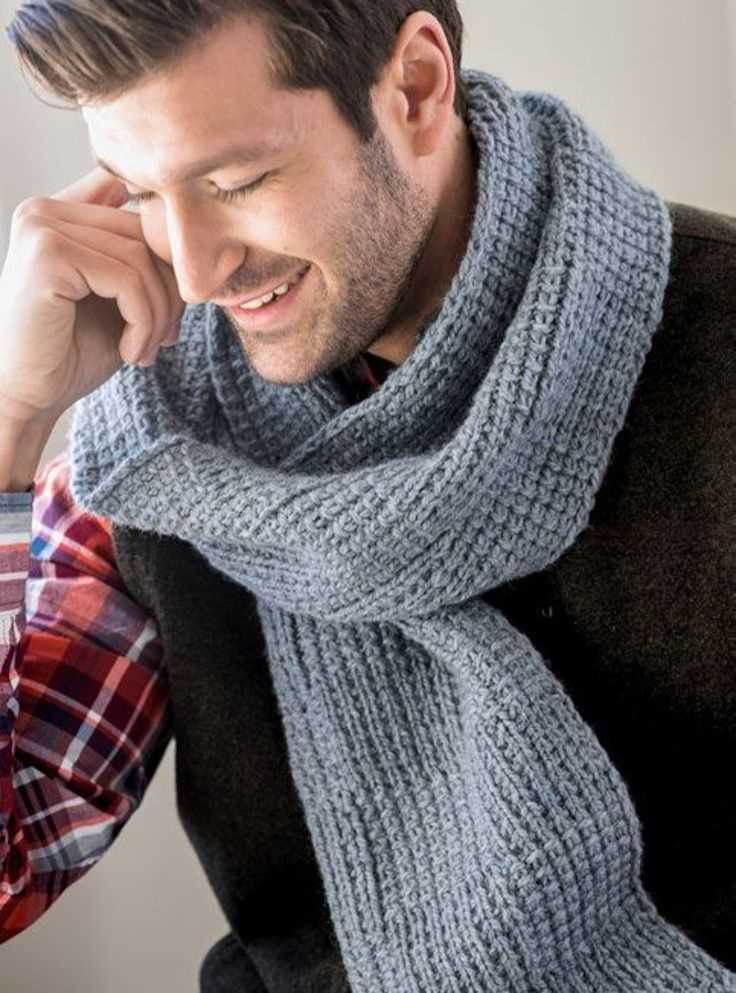
Casting on stitches is the first step in knitting a men’s scarf. This process creates the foundation row of stitches, allowing you to start working on your project. There are several different methods to cast on stitches, but for a men’s scarf, the long tail cast-on method is commonly used.
To begin, you will need a pair of knitting needles and your chosen yarn. Start by making a slipknot at the end of your yarn and place it onto one of the needles. Hold the needle with the slipknot in your right hand, and the other needle in your left hand.
Step 1: With your left hand, hold the needle with the slipknot. Using your right hand, bring the yarn over the top of the needle from back to front, creating a loop.
Step 2: Insert the right-hand needle from left to right into the loop on the left-hand needle.
Step 3: With your right hand, bring the needle under the left-hand needle and then over the top of it, catching the yarn and pulling it through the loop.
Step 4: Slip the new loop onto the right-hand needle, making sure it is not too tight or too loose.
Step 5: Repeat steps 2 to 4 for the desired number of stitches. Remember to keep your tension even and consistent throughout.
Step 6: Once you have cast on all the stitches, you are ready to begin knitting your men’s scarf!
Knitting the Body of the Scarf
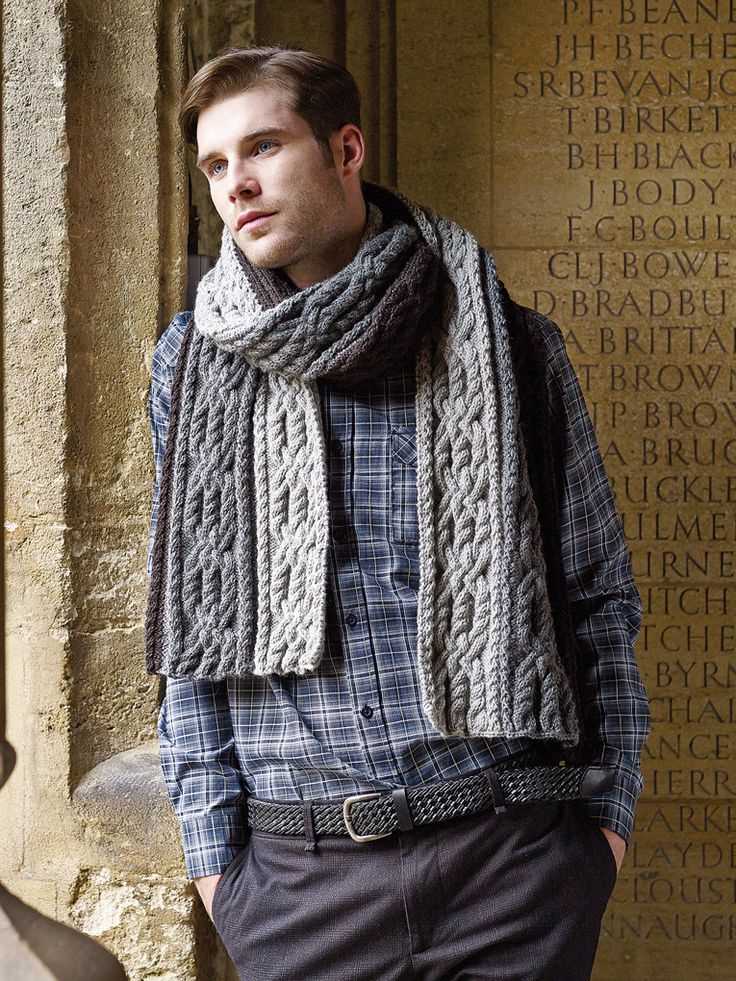
Once you have finished casting on and have the desired number of stitches on your knitting needle, you can start working on the body of the scarf. This is the section where you will be creating the length and width of the scarf, so make sure to follow the pattern instructions carefully.
To knit the body of the scarf, you will typically repeat a specific stitch pattern or combination of stitches until you reach the desired length. This can include basic knit and purl stitches, as well as more intricate stitch patterns like cables or lace. The pattern will provide detailed instructions on which stitches to use and in what order.
It is important to maintain an even tension throughout the knitting process to ensure that the scarf turns out to be the desired size and shape. This means that you should try to knit each stitch with the same amount of tension in order to create a uniform fabric. Pay attention to your knitting technique and make any necessary adjustments to keep the tension consistent.
As you work on the body of the scarf, periodically check your gauge to make sure that you are on track with the pattern instructions. This involves measuring the number of stitches and rows per inch using a ruler or gauge tool. If your gauge is off, you may need to adjust your knitting needle size or make other modifications to achieve the correct dimensions.
When you have reached the desired length for your scarf, you can finish off the body section by binding off the stitches. This creates a neat edge and prevents the stitches from unraveling. Follow the pattern instructions for binding off, which may involve knitting or purling stitches together until only one stitch remains, and then cutting the yarn and pulling it through the last stitch.
To summarize, knitting the body of the scarf involves repeating the specified stitch pattern, maintaining an even tension, checking your gauge, and binding off when you reach the desired length. With careful attention to detail and following the pattern instructions, you can create a beautiful and cozy knit scarf.
Adding a Decorative Pattern to the Scarf
When knitting a men’s scarf, adding a decorative pattern can elevate the design and make it more visually interesting. One option is to incorporate a simple cable knit pattern, which adds texture and depth to the scarf. This can be done by crossing a set number of stitches over each other to create the cable effect. A cable pattern can be placed in the center of the scarf or along the edges, depending on the desired look.
Another decorative pattern that can be added to a men’s knit scarf is a ribbed pattern. Ribbing alternates between knit and purl stitches, creating a stretchy and textured design. This pattern can be ideal for creating a stylish and tailored look. Ribbing can be done using different stitch combinations, such as 1×1 or 2×2. Depending on the desired width of the ribbed sections, it can be repeated throughout the length of the scarf.
For those looking for a more intricate pattern, the Fair Isle technique can be incorporated into the men’s knit scarf. This technique involves using multiple colors of yarn to create intricate designs and patterns. Fair Isle knitting can be used to create geometric shapes, stripes, or even motifs, adding both visual interest and a touch of complexity to the scarf. It is important to carefully plan the color placement and carry the unused yarn behind the work to create a neat and tidy design.
In addition to these pattern options, other types of textured stitches, such as seed stitch, moss stitch, or basketweave stitch, can also be incorporated into the scarf design. These stitches add visual interest and dimension to the fabric, creating a unique and personalized look. Experimenting with different stitch patterns and color combinations can help create a men’s knit scarf that is not only functional but also a stylish accessory for any winter wardrobe.
Shaping the Ends of the Mens Scarf
A mens knit scarf is a versatile accessory that can add warmth and style to any outfit. To create a polished and finished look, it is important to properly shape the ends of the scarf. This can be done in several ways, depending on the desired design and functionality.
Tapered Ends: One popular option for shaping the ends of a mens scarf is to create a tapered or pointed effect. This can be achieved by gradually decreasing the number of stitches at each end of the scarf. By working decreases on both sides of the scarf for a few rows, the ends will naturally narrow, creating a sleek and contemporary look.
Straight Ends: Another option is to keep the ends of the mens scarf straight and even. This can be achieved by working the same number of stitches throughout the entire length of the scarf. This is a classic and timeless approach that lends itself well to more traditional or formal styles.
- Adding Fringe:
Adding fringe to the ends of the mens scarf is a popular way to finish off the design with a bit of flair. To create fringe, simply cut lengths of yarn and attach them to the ends of the scarf. This can be done by folding each length of yarn in half, inserting the looped end into the end of the scarf, and pulling the loose ends through the loop. Continue this process until the desired amount of fringe is achieved.
Remember, when shaping the ends of a mens knit scarf, it is important to consider the overall style and purpose of the accessory. Whether you choose tapered ends, straight ends, or add fringe, shaping the ends will give your scarf a polished and finished look that is sure to impress.
Adding Fringe or Tassels to the Scarf
Adding fringe or tassels to a knit scarf is a great way to add some extra style and texture to your project. Fringe and tassels can be made from the same yarn as the scarf or from a contrasting color, allowing you to customize the look to your own taste. Here are a few steps to follow when adding fringe or tassels to your scarf:
Step 1: Prepare the Yarn
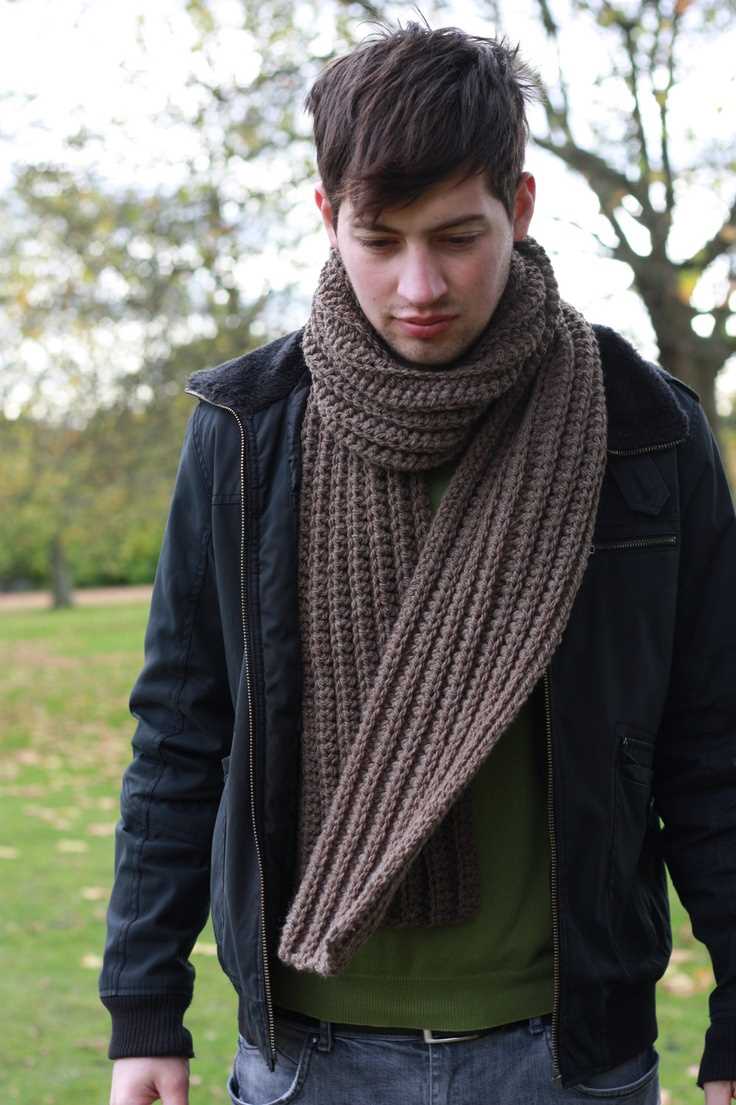
Before you can add fringe or tassels to your scarf, you’ll need to prepare the yarn. Cut the yarn into equal length pieces, around 8-10 inches long, depending on how long you want your fringe or tassels to be. You’ll need several pieces of yarn for each fringe or tassel.
Step 2: Attach the Fringe or Tassels
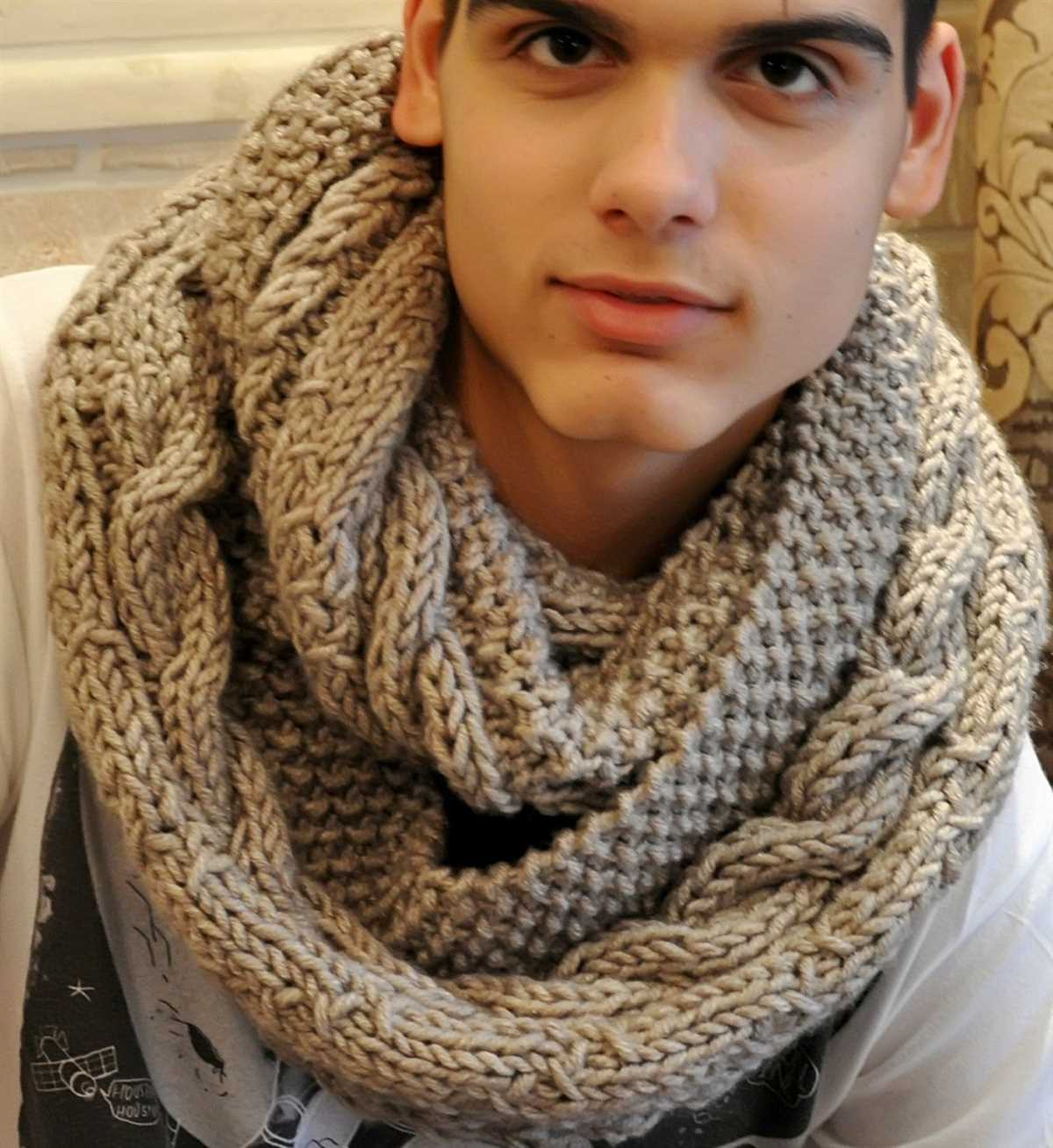
Once you have your yarn pieces ready, it’s time to attach the fringe or tassels to the scarf. The easiest way to do this is to fold a piece of yarn in half, creating a loop at one end. Insert the looped end through one of the stitches at the edge of your scarf, then pull the loose ends of the yarn through the loop and tighten. Repeat this process along the edge of the scarf, spacing the fringe or tassels evenly.
Step 3: Trim and Shape
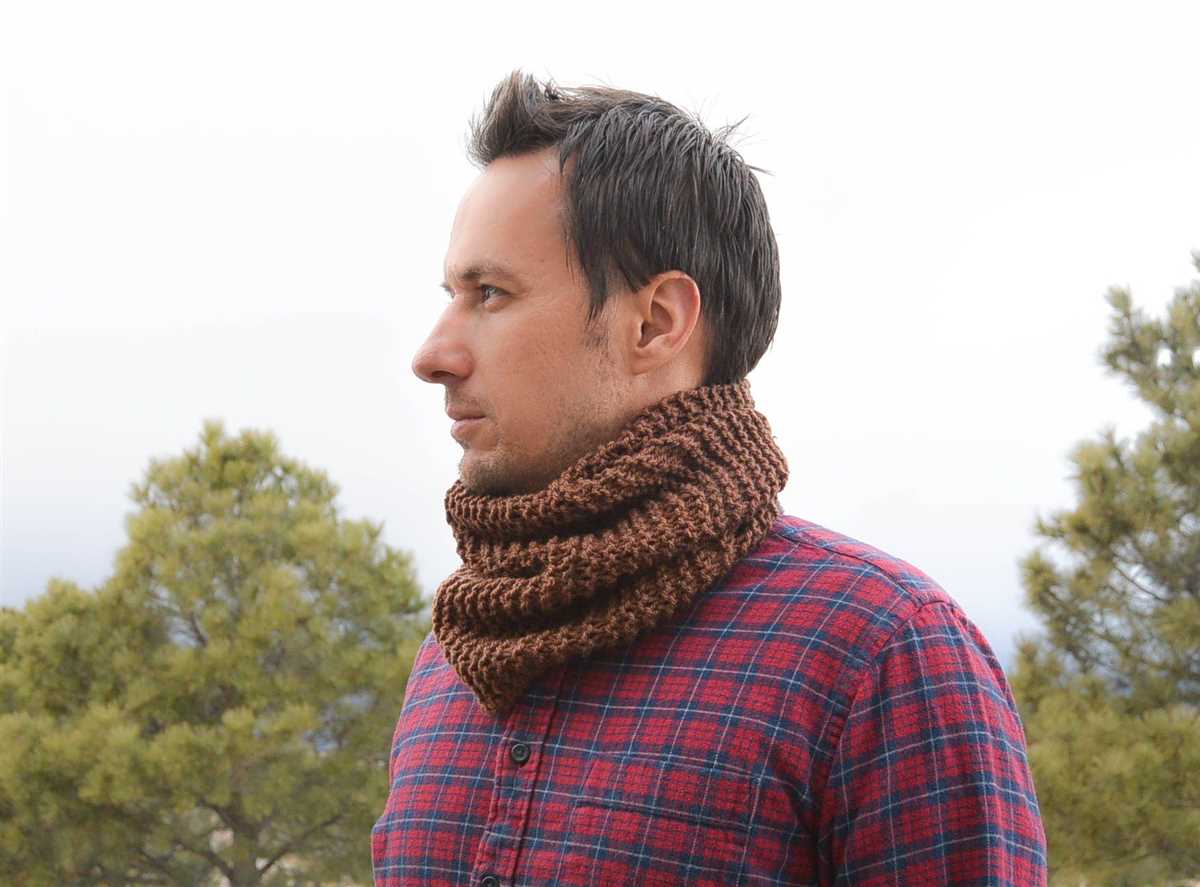
After attaching the fringe or tassels, you can trim them to your desired length and shape. You can leave them long and flowing, or you can trim them shorter for a neater look. You can also taper the ends of the fringe or tassels by cutting them at an angle, giving them a more polished appearance.
By following these steps, you can easily add fringe or tassels to your knit scarf, creating a stylish and personalized accessory. Whether you’re a beginner or an experienced knitter, adding fringe or tassels can elevate your scarf to the next level.
Blocking and Finishing the Mens Scarf
After completing the knitting process for your men’s scarf, it’s time to move on to blocking and finishing. Blocking is an important step that helps give your scarf a polished and professional look. It involves shaping the scarf and allowing it to dry in the desired dimensions. This helps to even out any inconsistencies in tension and give the scarf a smooth and finished appearance.
Before blocking, make sure to read the yarn label for any specific blocking instructions. Some yarns may require gentle hand washing or steam blocking, while others can be simply dampened and laid flat to dry. Additionally, check if the scarf needs to be pinned out during blocking to maintain its shape.
Start by wetting the scarf in cool or lukewarm water, depending on the yarn requirements. Gently squeeze out any excess water, being careful not to wring or twist the scarf as this can distort the stitches. Lay the scarf flat on a clean towel and roll it up, pressing gently to remove more water.
Next, unroll the scarf and lay it out on a blocking mat or a clean, dry towel, shaping it to the desired width and length. Use rust-free T-pins or blocking wires to secure the edges of the scarf in place. Pay attention to any stitch patterns or design elements, making sure they are aligned and evenly distributed.
Leave the scarf to dry completely, which can take anywhere from a few hours to a couple of days, depending on the yarn and the humidity level. Once dry, remove the pins or wires and gently shake out the scarf to release any remaining moisture. Give it a final check for any loose ends or stitches that need to be woven in.
Finally, you can choose to add some finishing touches to your men’s scarf. This can include adding fringes to the ends for a more traditional look, or attaching a stylish leather tag with your initials. Take some time to carefully trim the fringes or attach any additional embellishments, making sure they are secure and evenly spaced.
Once your men’s scarf is blocked, dried, and finished, it is ready to be worn or gifted. The blocking process ensures that your scarf looks its best and can be enjoyed for years to come.
Styling and Wearing Your Hand-Knit Mens Scarf
Mens knit scarves are not only functional accessories that keep you warm during the colder months, but they can also add a touch of style and sophistication to your overall look. Whether you prefer a classic, chunky knit or a sleek, modern design, there are several ways to style and wear your hand-knit scarf.
1. Classic Over-the-Shoulder Drape
One of the most traditional ways to wear a scarf is to drape it over your shoulders, allowing it to hang evenly on both sides. This style is perfect for chunky knits and provides maximum warmth and coverage. Simply wrap the scarf around your neck, letting it fall naturally over your shoulders. Adjust the length and drape to your desired look.
2. The Parisian Knot
If you want to add a touch of elegance and sophistication to your outfit, try the Parisian knot. To achieve this look, fold your scarf in half and wrap it around your neck. Thread the loose ends through the loop created by the fold in the scarf. Adjust the knot and fluff the ends for a refined and polished appearance.
3. The Loop and Tuck
The loop and tuck style is perfect for a thinner knit scarf and can add a casual and relaxed vibe to your outfit. Start by wrapping the scarf around your neck, leaving one end longer than the other. Take the longer end and loop it around your neck, tucking it through the loop created by the shorter end. Adjust the loop and tuck to your preference.
4. The Infinity Loop
If you prefer a no-fuss and hassle-free way to wear your scarf, try the infinity loop. This style works best with longer scarves and creates a trendy and modern look. Simply wrap the scarf around your neck twice, creating a loop, and let it hang naturally. This style is not only fashionable but also provides extra warmth as the layers of the scarf wrap around your neck.
Experiment with different styles and knots to find the one that suits your personal style and the thickness of your knit scarf. Remember, a well-styled scarf can instantly elevate your outfit and make you stand out. So, embrace the versatility of your hand-knit mens scarf and wear it with confidence!
Maintenance Tips for Your Knit Scarf
Now that you have completed your beautiful knit scarf, it’s important to take proper care of it to ensure its longevity. Here are some maintenance tips to keep your scarf in great condition:
- Hand Wash: Knit scarves should be hand washed to prevent damage. Fill a basin or sink with lukewarm water and add a gentle wool wash or mild detergent. Gently agitate the water to distribute the soap, then place your scarf in the water. Gently squeeze the scarf to clean it, but avoid wringing or twisting it, as this can cause stretching or distortion.
- Dry Flat: After washing, gently squeeze out the excess water from your scarf. Lay it flat on a clean, dry towel and roll it up to remove more moisture. Then, unroll the towel and reshape the scarf to its original dimensions. Finally, lay the scarf flat on a drying rack or another towel, making sure it is not stretched or twisted. Allow it to air dry completely.
- Storage: When not in use, store your knit scarf in a cool, dry place away from direct sunlight. Avoid hanging it, as this can cause stretching. Instead, fold it neatly and place it in a drawer or on a shelf. You can also use a zippered plastic bag to protect it from dust and moths.
- Pilling: Over time, it is normal for knit scarves to develop small balls of fabric known as pills. These pills can be removed by gently gliding a small pair of scissors or a fabric shaver over the surface of the scarf. Be careful not to cut the yarn or damage the fabric while removing the pills.
- Repairing: If your knit scarf gets damaged, such as a pulled thread or a small hole, it’s important to repair it as soon as possible to prevent further damage. You can use matching yarn and a tapestry needle to weave in the loose thread or close the hole. If you’re unsure about how to repair it yourself, seek help from a professional or an experienced knitter.
By following these maintenance tips, you can keep your knit scarf looking beautiful and cozy for years to come. Take care of your scarf, and it will keep you warm and stylish throughout the chilly seasons.